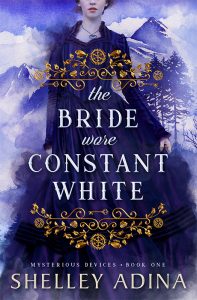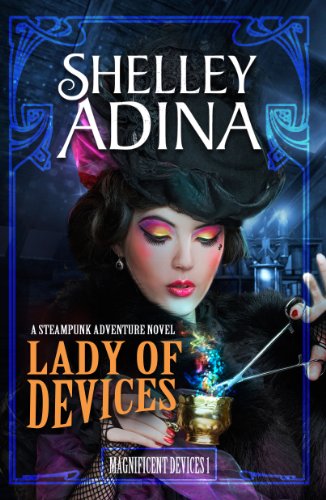Writing back-cover copy
 Recently I posted the cover copy for The Bride Wore Constant White, which by the time it hit this blog, had already been through three rounds of revisions. Short they might be, but they’re harder to write than you’d think! Thank goodness for writer friends who can be trusted to see through my tendency to put All The Things in the copy, and help me cut it down to the bare essentials.
Recently I posted the cover copy for The Bride Wore Constant White, which by the time it hit this blog, had already been through three rounds of revisions. Short they might be, but they’re harder to write than you’d think! Thank goodness for writer friends who can be trusted to see through my tendency to put All The Things in the copy, and help me cut it down to the bare essentials.
But how do you write back-cover copy? There are lots of good online tutorials and books out there on how to do it. Whether self- or traditionally published, you ought to know how to distill your 350-page opus into 250 words 🙂
Step 1: A pithy, tempting shoutline
This is the line in italics or display font up at the top. Witty and with multiple layers of meaning is the goal, and it can take hours of thought. I often go for “tempting.” For Fields of Gold, it was “Her father started a war. She intends to stop it.” Right away the reader is asking questions—tempted to look into the book. My all-time favorite, though, is from Diana Gabaldon’s Outlander: “Poor Claire Beauchamp. She has a husband in one century … and a lover in another.” How can you resist that?
Step 2: Your protagonist
I read recently that people pick up a book for the plot, but they remember the characters. So introducing your character in a way that makes her or him appealing and intriguing is the goal in this paragraph. For Daisy, I wrote: “Margrethe Amelia Linden (Daisy to her friends) is a young woman of gentle upbringing, some talent as a watercolorist, and firm opinions that often get her into trouble.” And she’s heading for the Wild West, where a gentle upbringing can be a liability. She’s a painter, so she sees colors and shadows in a way many people don’t. And she has a fair bit to learn about discretion and compassion–her character arc for the journey. All in one sentence.
Step 3: What is she up against?
Books aren’t very interesting unless your likable protagonist is somehow in peril, whether physically or emotionally–or both! In a mystery, the murderer is often the antagonist as he tries not to get caught. In an adventure novel, the Wild West can become that antagonist. Whatever your character needs to overcome in order to reach his or her goal ought to be clear to the reader, so they can happily anticipate the rollercoaster ride to come.
What else do you like to see on the back cover?




